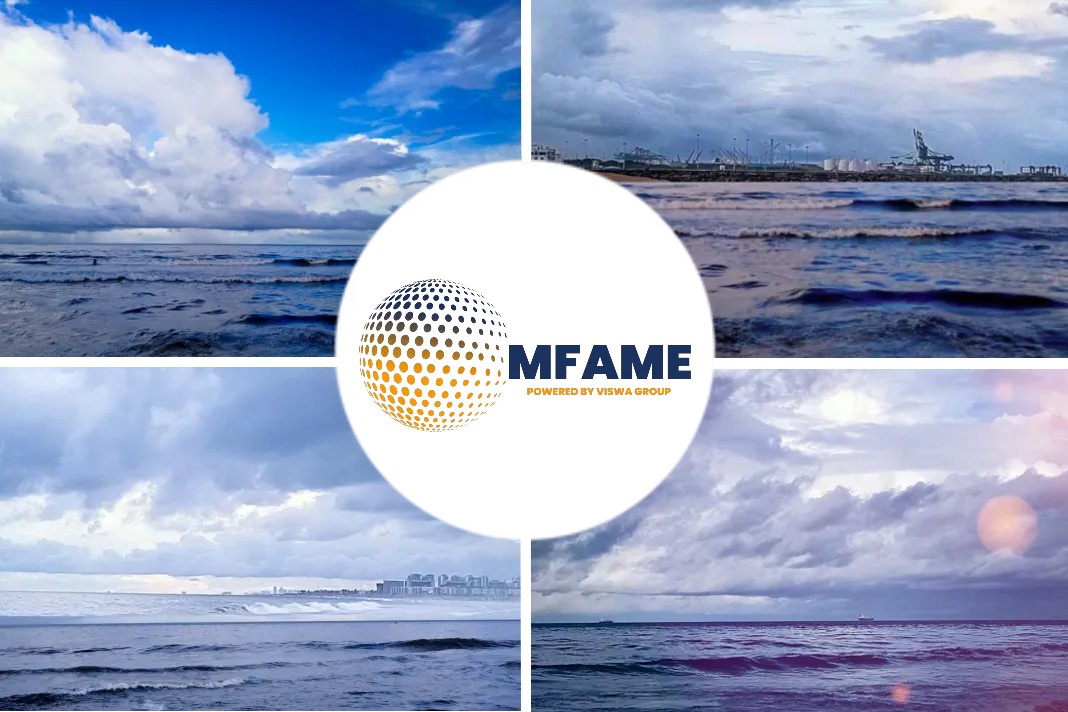Ross Davies reports a stark gap between supply and demand of vessels which continue to hurt the operators. The ever increasing gap between the oversupply of vessels and its low demand might lead to unhealthy competition in seaborne trade.
- The gap between supply and demand of vessels is steadily increasing highlights UNCTAD’s report.
- Shipping Alliances and Bigger ships are a cause of concern.
- The developing nations are the most affected by this widening gap.
- UNCTAD will charter new regulations to maintain a fair competition.
The Good News
The United Nations Conference on Trade and Development’s (UNCTAD) latest review on the maritime transport sector highlights how the seaborne trade rallied in 2016. Having slumped to a year-on-year growth rate of 1.8% in 2015, global maritime shipping hit 10.3 billion tons, representing y-o-y growth of 2.6%.
Demand for shipping is still behind the traditional average point of 3%. Worse still, UNCTAD’s October report highlights a glaring gap between supply and demand in the sector. In 2016, the container shipping market ramped up its carrying capacity by 3.2%, reaching 1.86 billion deadweight tonnage. This oversupply of vessels hurt the collective bottom line of the sector, which recorded an operating loss of $3.5bn.
In its report, UNCTAD suggests three solutions to remedy the imbalance:
- a cut-down in shipbuilding projects
- the scrapping of ships
- a wider adoption of capacity-sharing systems to help operators reduce their costs and improve economies of scale.
Avoiding the costs of retrofitting
“More stringent technical conditions would increase the incentive for individual owners to sell their ships for scrap,” says Shamika Sirimanne, the director of UNCTAD’s technology and logistics division. Sirimanne cites the IMO’s introduction of ballast water management standards, which came into effect in September. The new criteria require ships using ballast water in international trade to be retrofitted with a ballast water treatment system.
Given that such modifications can cost anywhere between $1m and $5m according to shipping broker Barry Rogliano Salles, shipowners may instead be inclined to “increase scrapping of their old tonnage with low earnings potential, instead of incurring the additional cost”.
Ultimately, it’s up to the International Maritime Organization (IMO) to determine the technical conditions under which commercial ships can trade on a global scale.
The dangers of shipping alliances
As of the end of 2017, there are three global alliances – Ocean Alliance, The Alliance, and 2M Alliance. According to the Baltic and International Maritime Council, the three coalitions – comprised of the world’s top ten carriers – collectively control 77% of the container shipping market.
“Consolidation has reached levels that merit a renewed look at its implications and possible policy responses,” says Sirimanne. “We are observing a growing number of routes where the process of concentration has led to oligopolistic or even monopolistic markets. We estimate that more than one quarter of countries today are serviced by only one to four container carriers.”
Crucially, the triumvirate’s monopoly includes 92% of all East-West trade, according to freight specialists MDS Transmodal. This would suggest further market concentration could well hinder competition across the shipping industry.
If an oligopoly, as Sirimanne puts it, is to persist, it is developing countries that will lose out the most, as seen in Tonga which had seven shipping companies on its books; as of last year, there was just one. For smaller countries, such low shipping connectivity can undermine access to global markets. Larger economies aren’t exempt either – according to UNCTAD, the number of operators providing services in and out of China dropped by 6% between 2016 and 2017.
Furthermore, the current mantra of “bigger is better” among today’s shipbuilders is not helping the situation, says Sirimanne. “We have a concern with the ever-larger ships,” she says. “While they may help achieve savings through economies of scale and improved energy efficiency at sea, the moment the vessels reach a port, the impact of ever-larger ships on total logistics costs may actually be negative.”
New regulations for fair competition
In July, UNCTAD, which is based out of Geneva, will address these issues when it hosts an intergovernmental group of experts on competition law and policy in the maritime transport sector.
There are also incentives for the shipping industry to moderate the current supply of vessels. The compound annual growth for global seaborne trade between 2017 and 2022 is projected to be 3.2% – indicative of a sector that’s far from being on its knees. In fact, over 80% of global trade by volume is carried by sea, estimates UNCTAD; more than 70% of its value is carried onboard ships and handled by seaports.
“Ministries of transport and planning, and maritime and port authorities need to understand the determinants of maritime transport connectivity, as well as the associated opportunities and risks, to ensure informed policy and decision-making processes and adequate investment plans in shipping, ports and their hinterland connections,” concludes the UNCTAD’s report which called for intervention from regulators to monitor the impact of these mergers and alliances, and help in balancing the interest of all the concerned parties.
Did you subscribe for our daily newsletter?
It’s Free! Click here to Subscribe!
Source: Ship Technology
















